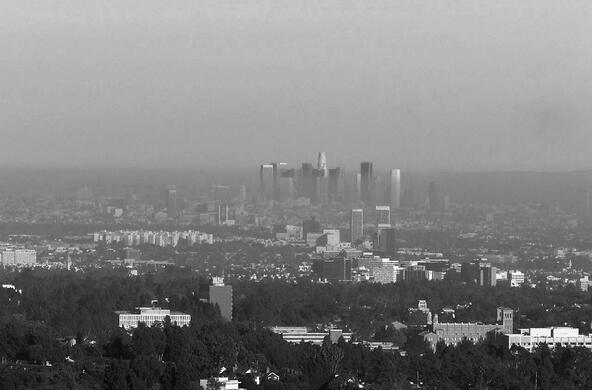
Increasingly, atmospheric chemists are understanding the importance of dust particles—known as aerosols—in our atmosphere. Many aerosols are rather large particles that fall out of the atmosphere fairly quickly. But, some small particles are held aloft and undergo long-distance transport in the atmosphere. Each year winds bring more than 6,000 tons of dust from Asia to the west coast of the United States.
But, with a close look, one can see that it’s not all dust. The tiny aerosol particles also carry soil bacteria over long distances. Indeed, there is good reason to believe that soil bacteria are distributed worldwide, so that the soils of Iowa contain the same bacteria that are found in the croplands of China. Many of the bacteria found in a recent study of dust arriving along the coast of Oregon are spore-forming species that are capable of surviving extreme conditions.
In coastal regions, bacteria from seawater are carried inland by the sea-breeze as marine aerosols, that are often deposited in conjunction with coastal fogs.
“Aerobiology is a relatively new field of looking at microbes in the atmosphere.”
Kathie Weathers is a senior scientist at the Cary Institute.
“We’ve known for a long time that there are millions of microbes in just a gram of soil, and millions of microbes in less than a teaspoon of seawater. But now we are interested in: Are they in the atmosphere? Do they move from one continent to another on dust particles or in fog?”
The atmosphere’s chemistry is not just about gases anymore. We’re recognizing that globalization extends to soil and sea salt particles and the microbes that inhabit them.





